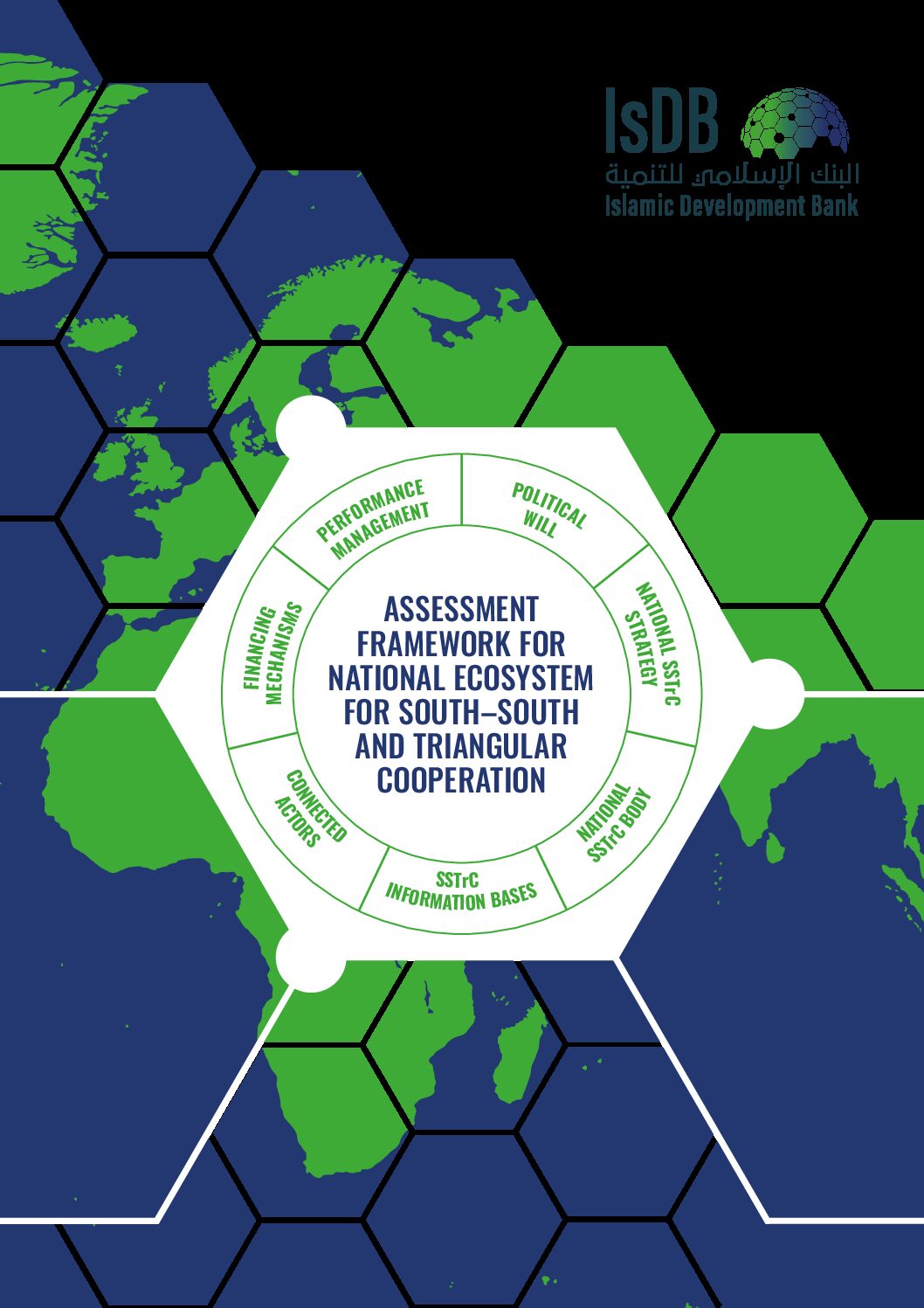As highlighted in the BAPA+40 Outcome Document, the increasing complexity and sophistication, as well as the substantial scale of SSTrC, call for more effective institutional arrangements.
To contribute to the discussion on the importance of national ecosystems for SSTrC, the IsDB and the South Centre partnered in 2019 to formulate a paper that offers an overview of the currently existing national institutional arrangements established by developing countries for SSTrC and highlights the importance of strong national ecosystems for successful engagement in and contribution to SSTrC.
This research took into consideration the experiences of the countries of the South, as well as the experiences of the IsDB and the South Centre in their capacities as multilateral development institutions and think tanks addressing the development concerns of their respective member countries. The study identified the good practices and lessons learned from developing countries’ experiences that could be used for strengthening national ecosystems for SSTrC and specifically formulated a new framework for national institutional arrangements—or national ecosystems for SSTrC—comprising seven key pillars.
These pillars are: (i) political will; (ii) a national strategy for SSTrC; (iii) a national body that acts as the focal point for SSTrC interventions; (iv) information bases that enable countries to map their national capabilities and development solutions that can be shared with others while also identifying issues that can be addressed through SSTrC; (iv) connected actors that coordinate their SSTrC efforts and activities in order to harmonize their interventions and amplify the effect of their work; (v) national financing mechanisms that provide the necessary resources for countries to engage in SSTrC regionally and globally; and (vi) performance management systems that allow countries to assess how well they are fulfilling their SSTrC engagements and to find ways to continuously improve.

